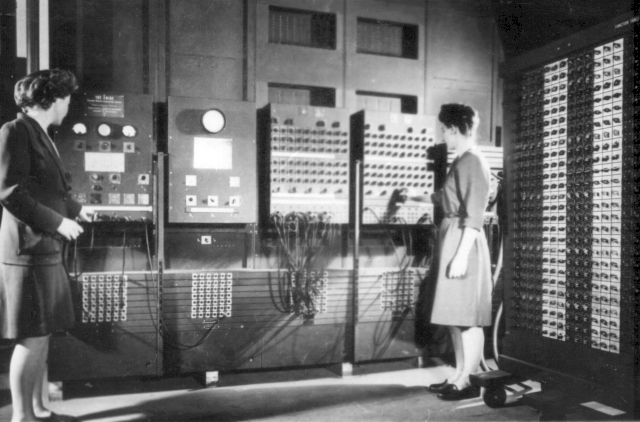It's coming up on conference paper season, specifically for the Cognitive Science Conference. I love how deadlines like CogSci push research forward, giving us an intermediate goal to shoot for. But when lots of folks in the lab are writing papers separately, keeping track of all the drafts can get unwieldy very fast. My resolution this year is that no one will send me any more zip files of a directory called "CogSciPaperFinal." File naming practices like this one have been caricatured before,* but they get even worse when I'm constantly trying to track something like 6 - 8 different papers going forward at the same time.
Towards that end, our last lab meeting of the quarter was on version control software. In a nutshell, version control packages allow individuals and collaborative groups to work together on a project (usually a software codebase) and provide tools for keeping track of and merging changes to the project. It's painfully clear that we're late to the party: virtually no one in industry works on a large project without version control, but, as is frequently noted, scientists are not good software engineers.
We are starting a lab-wide push to keeping track of all of our writing and code using git and github. This transition will mean a bit of discomfort – hopefully not pain – but it's a far better method for storing our work and sharing it with collaborators. If you haven't played with git, I recommend looking at this nice tutorial by NYU's John McDonnell. I also found it very useful to do the TryGit tutorial. The lab's (currently very empty) github page is here. Hopefully in a couple of months it'll be substantially fuller...
---
* HT: Michael Waskom.
Thoughts on language learning, child development, and fatherhood; experimental methods, reproducibility, and open science; theoretical musings on cognitive science more broadly.
Thursday, December 12, 2013
Friday, December 6, 2013
Computation under interference
(ENIAC, the first electronic general purpose computer; courtesy Wikipedia).
What if you have a very powerful computer, but it only works some of the time? Maybe it's made from vacuum tubes, and when they overheat or when some dust or a fly ends up in the works, one of those tubes burns out. Then the computer is down for weeks on end. But even if it's nonfunctional most of the time, when it's working, it's turing complete.
Sometimes M gives me an incredibly intelligent look and does something unexpected. In the past weeks, she's been trying to pick up her chair to see the bottom, cooing systematically in response to me, or pulling out and reinserting her pacifier in her mouth. But other times she is glassy-eyed because she's concentrating on eating, or wiggling because she has indigestion. Tiredness is the biggest cause of cognitive failures. When I'm tired, I get grouchy, and my reactions are slower. When M is tired, everything goes to pieces. For a while she would even forget how to swallow: Milk would come pouring out of her mouth because she was sucking it in but forgetting to put it away down her throat...
When I was starting to think about M's cognitive development, right after she was born, I described her crying as a feedback look, where arousal leads to more and more arousal unless there is some internal regulation or external noise in the system. Having observed her for a few more months, I'm increasingly convinced that crying is only one small part of this process.
In fact, most of M's psychological world – perhaps ours as well, though it's well-hidden – seems like it's about regulation of attention (think temperature in the vacuum tube room). Part of this is learning to attend to what is interesting in the world (say, her father's face rather than the blinds). Another partis learning to suppress attention to all kinds of stimuli, including both visual stimuli and internal sensations (like gurgling in the stomach or wetness in the diaper). When she gets tired this all stops happening. Internal sensations get amplified, external ones don't get attended to. The vacuum tubes start burning out, and only a long, relaxing nap will help.
Subscribe to:
Posts (Atom)
